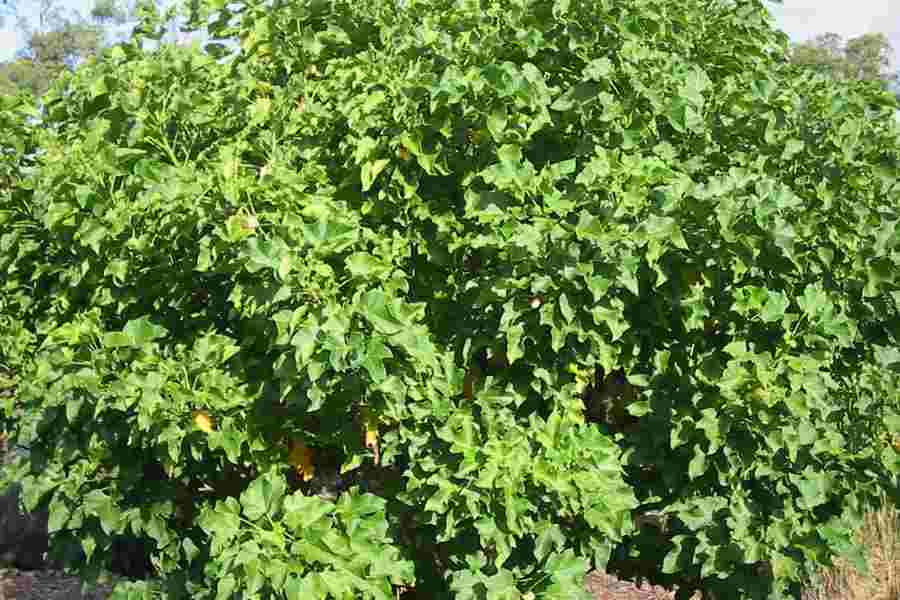This company has no active jobs
About Us
Desert ‘carbon Farming’ To Curb CO2
Desert ‘carbon farming’ to CO2

1 August 2013
Share
close panel
Share page
Copy link
About sharing
By Matt McGrath
Environment reporter, BBC News
Scientists state that planting large numbers of jatropha trees in desert areas might be an effective method of curbing emissions of CO2.
Dubbed “carbon farming”, researchers say the idea is financially competitive with state-of-the-art carbon capture and storage projects.
But critics say the concept could be have unpredicted, unfavorable effects consisting of increasing food rates.
The research study has been released, external in the journal Earth System Dynamics.
Seeds of modification
Jatropha curcas is a plant that came from Central America and is very well adapted to harsh conditions consisting of incredibly dry deserts.
It is already grown as a biofuel, external in some parts of the world because its seeds can produce oil.
In this research study, German scientists showed that a person hectare of jatropha could catch up to 25 tonnes of co2 from the atmosphere every year. The researchers based their estimates on trees presently growing in trial plots in Egypt and in the Negev desert.
“The results are overwhelming,” said Prof Klaus Becker, from the University of Hohenheim in Stuttgart.
“There was great development, a great reaction from these plants. I feel there will be no problem trying it on a much larger scale, for instance 10 thousand hectares in the beginning,” he said.
According to the scientists a plantation that would cover three percent of the Arabian desert would absorb all the CO2 produced by automobiles and trucks in Germany over a twenty years duration.
The scientists state that a critical element of the strategy would be the availability of desalination facilities. This means that at first, any plantations would be confined to seaside locations.
They are wishing to establish bigger trials in desert locations of Oman or Qatar. Prof Becker says that unlike other plans that just balance out the carbon that individuals produce, the planting of jatropha could be a great, short-term solution to climate modification.
“I believe it is a good concept since we are really extracting carbon dioxide from the environment – and it is completely various between extracting and preventing.”
According to the scientist’s computations the expenses of suppressing co2 via the planting of trees would be in between 42 and 63 euros per tonne. This makes it competitive with other strategies, such as the more high tech carbon capture and storage, external (CCS).
A variety of nations are currently trialling this technology, external but it has yet to be deployed commercially.
Growing jatropha not only takes in CO2 but has other advantages. The plants would help to make desert areas more habitable, and the plant’s seeds can be harvested for biofuel state the researchers, supplying a financial return.
“Jatropha is ideal to be become biokerosene – it is even much better than biodiesel,” stated Prof Becker.
But other specialists in this area are not encouraged. They indicate the truth that in 2007 and 2008 great deals of jatropha trees were planted for biofuel, especially in Africa. But a lot of these ventures ended in tears,, external as the plants were not really successful in managing dry conditions.
Lucy Hurn is the biofuels campaign supervisor for the charity, Actionaid. She says that while jatropha was when viewed as the fantastic, green hope the reality was extremely different.
“When jatropha was presented it was seen as a miracle crop, it would grow on scrubland or marginal land,” she stated.
“But there are frequently people who need minimal land to graze their animals, they are getting food from that location – we would not class the land as marginal.”
She pointed out that jatropha is extremely hazardous and can pollute the land it is grown on, even in a desert. And she likewise had concerns about the fairness of the concept.
“It is still someone else’s land. Why go in and grow these enormous plantations to deal with a problem these people didn’t in fact trigger?”
Follow Matt on Twitter, external.

‘Carpets of seaweed’ grown for fuel. Video, 00:03:05’Carpets of seaweed’ grown for fuel
1 July 2013
Biofuels are ‘irrational technique’
Published
15 April 2013
Related internet links
Universität Hohenheim
European Geosciences Union
The BBC is not responsible for the material of external websites.

